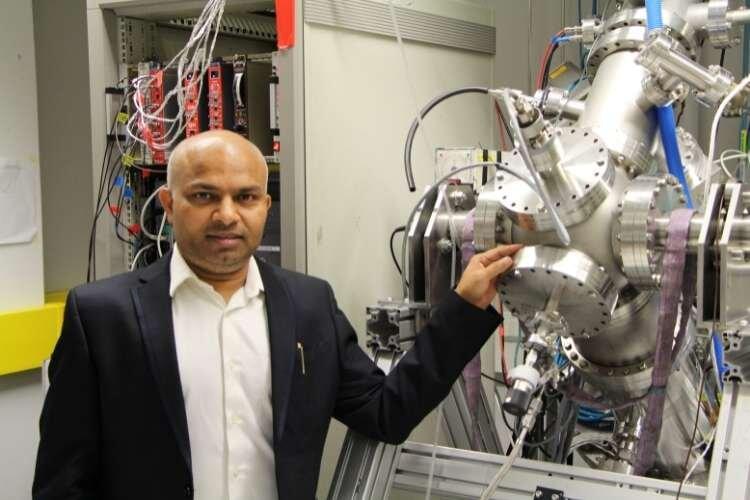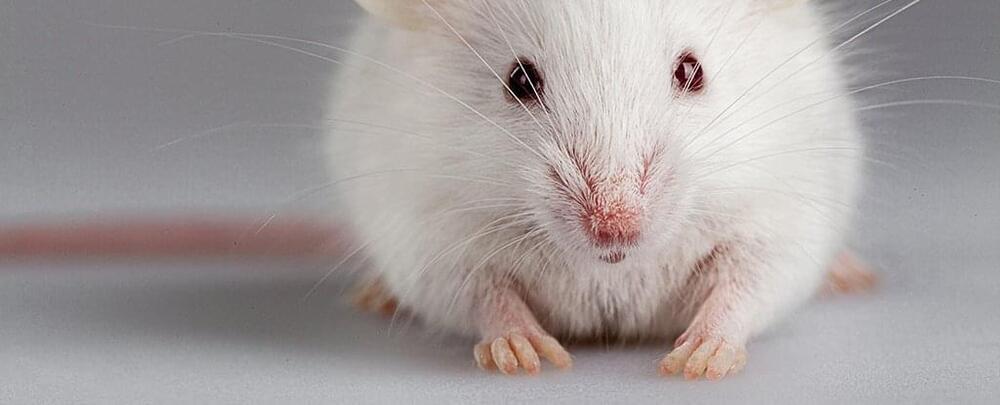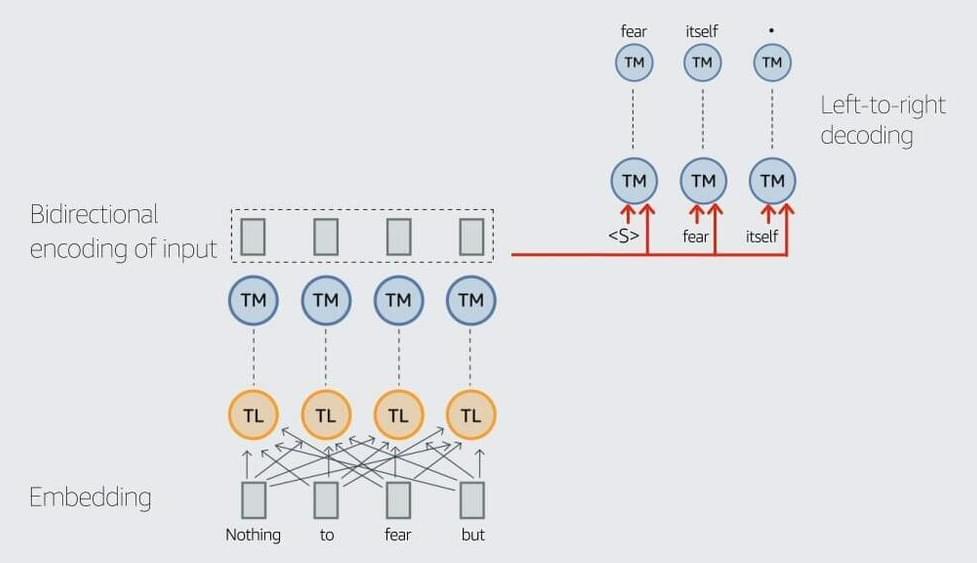An investigation into Hino blames a lack of psychological safety for 20 years of false carbon emissions data. But can it be nurtured?





A team of researchers at the University of Cambridge, working with colleagues from the University of Turin and Zoomarine Italia, has found evidence of bottle-nosed dolphins having episodic memory recall. In their paper published in the journal Current Biology, the group outlines the experiments they conducted with the dolphins and what they learned from them.
Humans have what is known as episodic memory recall—we can remember not just data, or an image of something, but much of the things involved in an event. We can, for example, remember how a friend looked and what they said during a prior conversation. For many years, it was thought only humans had this capability but experiments with other creatures have shown otherwise. Some birds, fish, dogs and rats, have all been found to have some degree of episodic memory recall. In this new effort, the researchers noticed that bottle-nosed dolphins had not been tested to see if they too had the ability and because of that set themselves the task of doing so.
The experiments consisted of training eight dolphins to retrieve a ball held by a person at different spots around the edge of a pool and to ignore people in similar positions who were not holding a ball. As part of the training, the people were changed out to prevent the dolphins from associating the ball with a place or a given person. Next, the dolphins were asked to repeat the exercise, only this time the people held the ball behind their backs—the dolphins had to figure out who was holding the ball by searching their memory. All eight of the dolphins were trained and tested over two days and all of the dolphins were able to choose the correct spot or person with the ball, showing they could use the “where” part of their memory. And seven of eight got the second part right, which showed they could use the “who” part of their memory too.




Knowing how strong a piece of steel is, especially the stainless steel used in everything from cars to buildings, is vitally important for the people who make and use it. This information helps to keep people safe during crashes and to prevent buildings from collapsing.
Accurately predicting the strength of a steel prototype based on its microstructure and composition would be indispensable when designing new types of steel, but it has been nearly impossible to achieve—until now.
“Designing/making the best-strength steel is the hardest task,” said Dr. Harishchandra Singh, an adjunct professor at NANOMO and the Centre for Advanced Steels Research at the University of Oulu in Finland.

Circa 2019
Scientists have identified two proteins that can partially stimulate growth in amputated toes in mice, a discovery that puts us one step closer to one day being able to replace amputated limbs in humans.
While bone growth has been achieved before, the new research demonstrates signs of joint growth as well — this shows a level of complexity we haven’t seen before. Both joints and bones are crucial if one is trying to bring back lost limbs.
Having previously regenerated bone in mice using the BMP2 protein, here the scientists added another to the mix: BMP9. When using the combination on mice with amputated toes, over 60 percent of the stump bones formed a layer of cartilage within three days. Without the proteins, the amputated toes would’ve healed over as normal.

To train AlexaTM 20B, we break with convention, training on a mix of denoising and causal-language-modeling (CLM) tasks. On the denoising task, the model is required to find dropped spans and generate the complete version of the input. This is similar to how other seq2seq models like T5 and BART are trained. On the CLM task, the model is required to meaningfully continue the input text. This is similar to how decoder-only models like GPT-3 and PaLM are trained.
Training on a mix of these two pretraining tasks enables AlexaTM 20B to generalize based on the given input and generate new text (the CLM task), while also performing well on tasks that seq2seq models are particularly good at, such as summarization and machine translation (the denoising task).
For example, we demonstrated that, given a single article-summarization pair, AlexaTM 20B can generate higher-quality summaries in English, German, and Spanish than the much larger PaLM 540B can (see example, below).